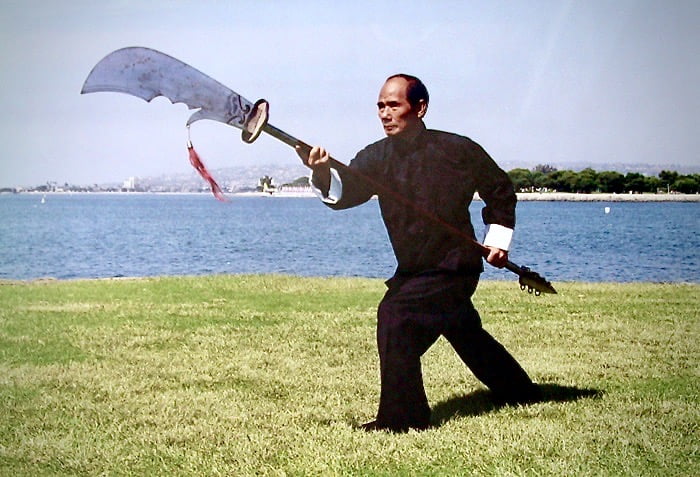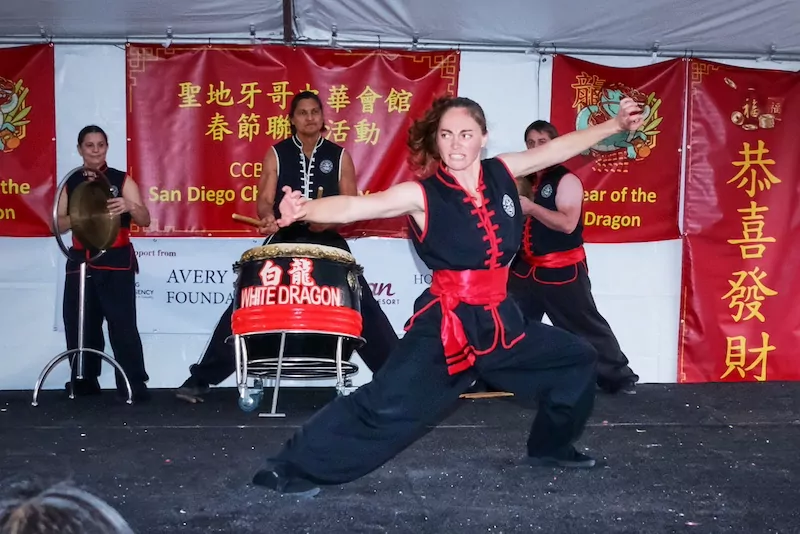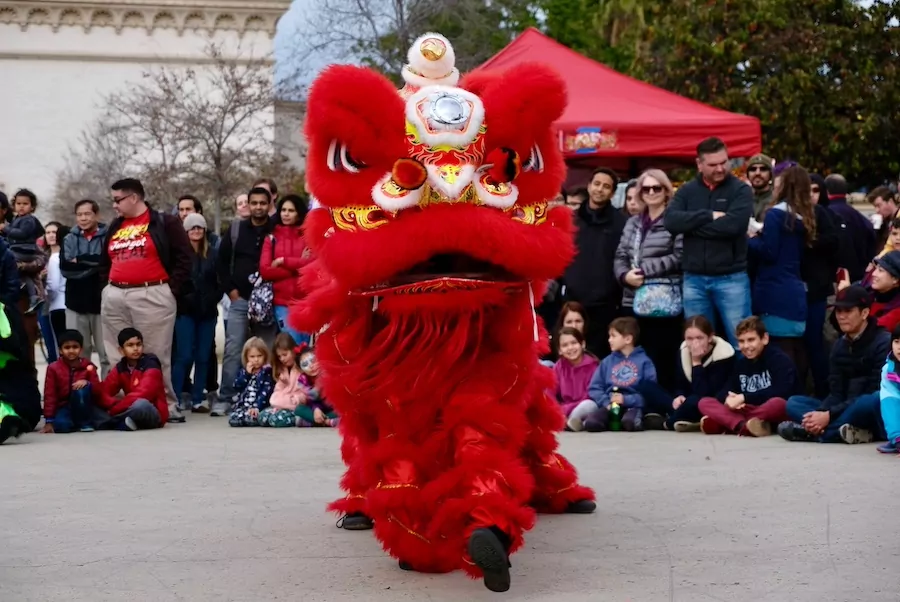The White Dragon School Blog

Training for Life, Safety First
Martial arts — the term is based on fighting. Originally, martial arts training was often the deciding factor in life and death combat situations. Some martial arts started with armies, where soldiers learned the military art of survival at the enemy’s expense. Others were developed for common people who needed to defend their families and possessions.
Today, the fighting aspect of martial arts is for self-defense . Our modern society says that settling disputes by first or weapon fights is antisocial and illegal. So we learn self-defense, on the premise that it might just save our lives someday — and it might.
However, there’s a big difference between self-defense fighting, where anything goes to save yourself from bodily harm, and sparring, the most common expression of martial arts fighting. Too many people seem to think that sparring and fighting are one and the same. If you’re tough in the studio or tournament, you’ll be tough on the street, because fighting is what it’s all about.
Wrong. Self-defense fighting and sparring are two entirely different things. Those of you who teach martial arts are going to have to realize that, because the number of injuries across the country in martial arts schools and tournaments is forcing insurance companies and state regulatory agencies to crack down on the concept of sparring.
Although it may have been rough and tough in the good old days of the survival of the fittest, things are different now. Major insurance companies are telling school owners and tournament promoters that no head contact is allowed in the school or at tournament. They’re requiring students and competitors to wear protective head, hand and foot gear, or they won’t carry the school’s insurance policy.
I don’t know about other states, but California’s martial arts tournaments are regulated by the state athletic commission. They put out a rule book every year, nicknamed the “red book”. Here’s how the red book describes martial arts sparring contests.
Article Two, Section 18627 defines the term full and light contact for martial arts. It says, “Full contact means the use of full unrestrained physical force in a martial arts contest. Light contact means the use of controlled martial arts techniques whereby contract to the body is permitted in a restrained manner, no contact to the face is permitted, and no contact is permitted which may result or is intended to result in physical harm to the opponent.”
In California, all full-contact, and that includes head contact, contests must be licensed by either the state athletic commission or the Amateur Athletic Union. So if you’re putting on a tournament that allows any head contact, and it’s not license, you’re breaking the law. Of course, if your insurance carrier finds out, they probably won’t honor any claim from your tournament.
What amazes me in the very few California tournament promoters who are even aware that their tournaments come under state jurisdiction, much less know the laws about light and full contact. Even though California’s law is clear, many people still misunderstand, allowing what they call kiss contact or light head contact in their tournaments. Each year these promoters unwittingly sponsor illegal martial arts contests. Since California is planning to crack down on such events, those unknowing promoters may unfortunately find out the hard way.
Many schools advertise full-contact training. It’s legal to train full-contact fighters in schools, at least in California. Boxing (kickboxing and mma) gyms do it all the time. However, are these martial arts schools really full-contact schools? Are the students actually knocked out during training? Do they allow punches and kicks to the face? Remember the insurance companies say that if you allow contact to the face, there could be a chance of knocking out the student with a blow to the head of his head striking the floor on the way down.
Personally, I think that insurance companies are right. Today’s martial art schools are not the same as in the old days. Not only can a blow to the head cause injuries, it can create negative feeling in the school. Sometimes when students get punched or kicked in the face, they lose their tempers and fight back in anger. And, for those of us who teach minors, parents hate to see their child injured.
That controversy about pulling punches ruining your ability to actually hit something is not true. You can use bags for power and penetration. If you can hit your opponent’s body in sparring practice, you’ll still have plenty of ability to hit a face in self-defense.
Don’t misunderstand me. I teach sparring and I teach self-defense. Most self-defense techniques cannot be practiced safely in sparring class, so students develop their fighting power on bags, dummies, forms practice, and two-person sets. Sparring is a way to develop better timing, tactical knowledge, footwork, reflexes, and awareness.
by Doc Fai Wong


















